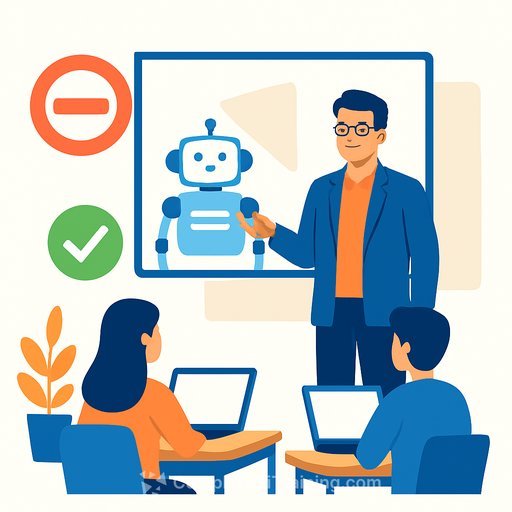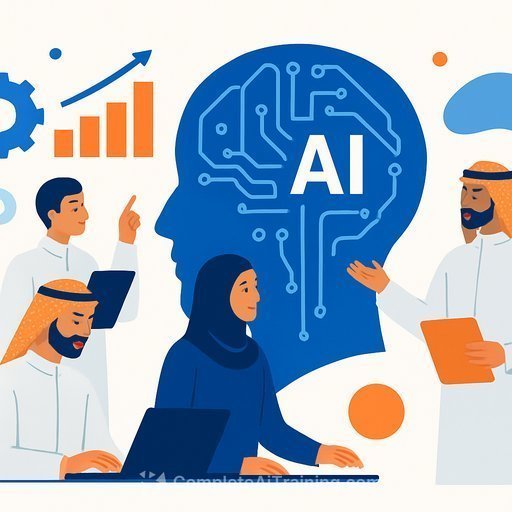Teach AI Skills. Build Character First.
AI isn't leaving campus. Technical fluency matters. But if cognitive skills separate us from animals, character is what lifts us above machines.
The priority for educators is clear: teach students to use AI well, and form the judgment to decide when, why and how to use it at all.
Why character now
As software takes over more cognitive tasks, human value shifts to relationships, sound judgment and ethical reasoning. That means integrity, courage and discernment are not "soft skills"-they're core skills.
Business leaders agree. In one survey, 78% put integrity at the top of what will matter most in the age of AI, followed by vision, the ability to inspire, motivation and drive. Trust travels farther than technical tricks.
Character can be taught
Character is a learned capacity to live by your principles-to prioritize values over impulses. It's trainable, observable and assessable, just like any competency.
If you want a concise primer, see the discussion of character building in Hidden Potential. The takeaway: habits, feedback and environments can grow character at scale.
What campuses are doing
Universities are investing in formation alongside skills. One example: a system-wide push to help every undergraduate engage the cardinal virtues-justice, courage, prudence and temperance-and apply them to real decisions.
Cross-disciplinary seminars are pairing engineers, artists and business majors to wrestle with beauty, truth and goodness through concrete cases. Vocation programs are helping students connect gifts and values to the needs they aim to meet.
Practical moves you can deploy this term
- Define learning outcomes that pair AI proficiency with virtues. For each course, name at least one outcome for integrity, courage, prudence or temperance.
- Use case labs. Present AI-enabled scenarios with uncertainty, trade-offs and stakeholders. Require students to articulate their decision, principle, risk and remedy-in that order.
- Grade for judgment. Add rubric rows for justification quality, stakeholder awareness and value-principle alignment. Weight them meaningfully.
- Make reflection a habit. Short weekly prompts: What value was tested? What impulse did you notice? What principle guided your choice?
- Co-teach across disciplines. Pair a technical course with ethics, communication or theology for a two-session joint lab.
- Map virtue to practice. Translate the four cardinal virtues into field behaviors (e.g., prudence = model limits stated, uncertainty quantified, escalation plan in place).
- Portfolio the growth. Have students collect decisions, reflections and feedback that evidence developing character, not just completed tasks.
- Upgrade AI on-ramps. Offer short, job-aligned modules so students gain baseline AI competence while you reinforce values in context. For curated options, see AI courses by job.
What students need
This cohort faces low trust, high isolation and breakneck change. They need more than tools. They need virtues that hold under pressure and guide action when the answer isn't obvious.
Technical skills open doors. Character decides which doors they walk through-and who they become on the other side.
Call to action for education leaders
Keep teaching AI. But put character at the center of course design, assessment and student life. The goal isn't to keep up with technology-it's to prepare graduates who can direct it toward the common good.
Build the habits, environments and feedback loops that make that possible. Start this term. Expand next term. Make it culture.
Key virtues to integrate
- Justice: Fairness, accountability and respect for persons in data use and deployment.
- Courage: Speaking up about risks, refusing shortcuts that compromise trust.
- Prudence: Sound judgment under uncertainty; knowing limits, seeking counsel.
- Temperance: Restraint with tools and data; avoiding excess and dependency.
Your membership also unlocks:






